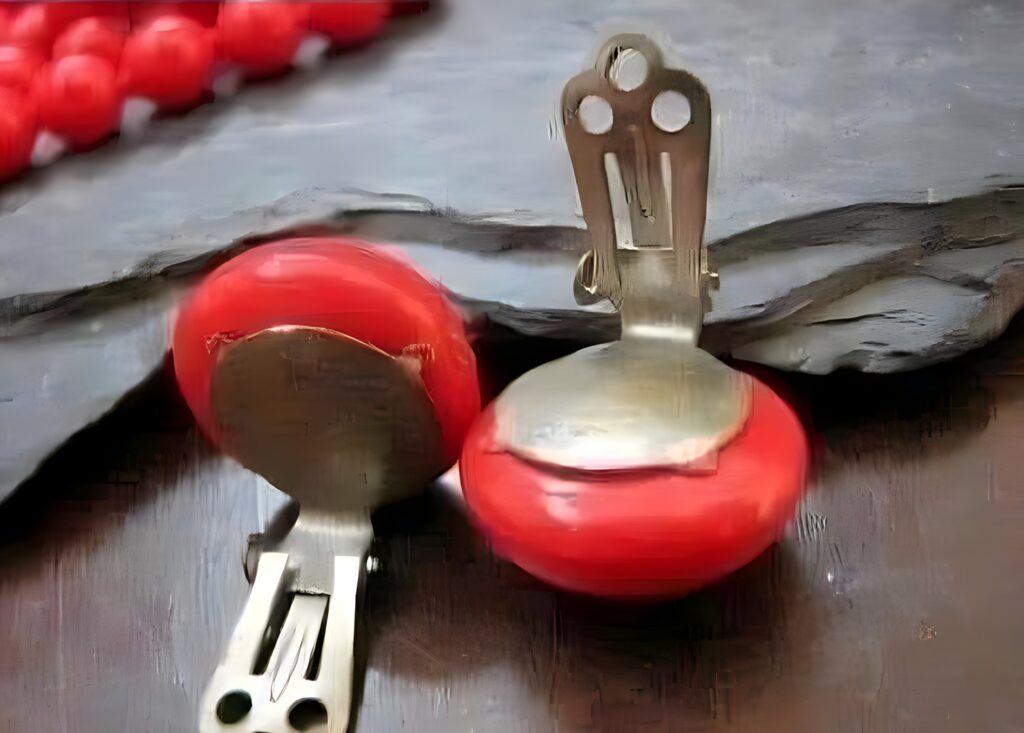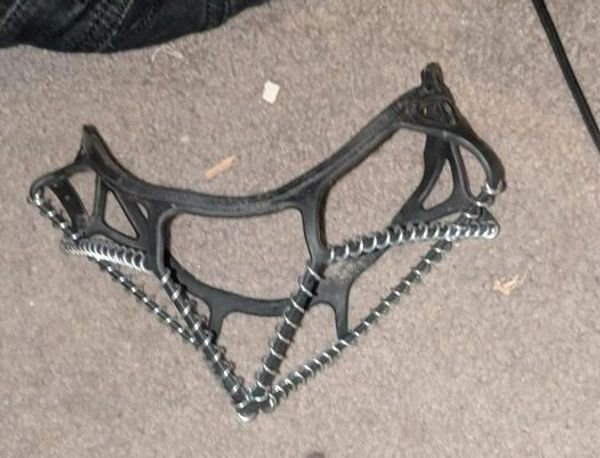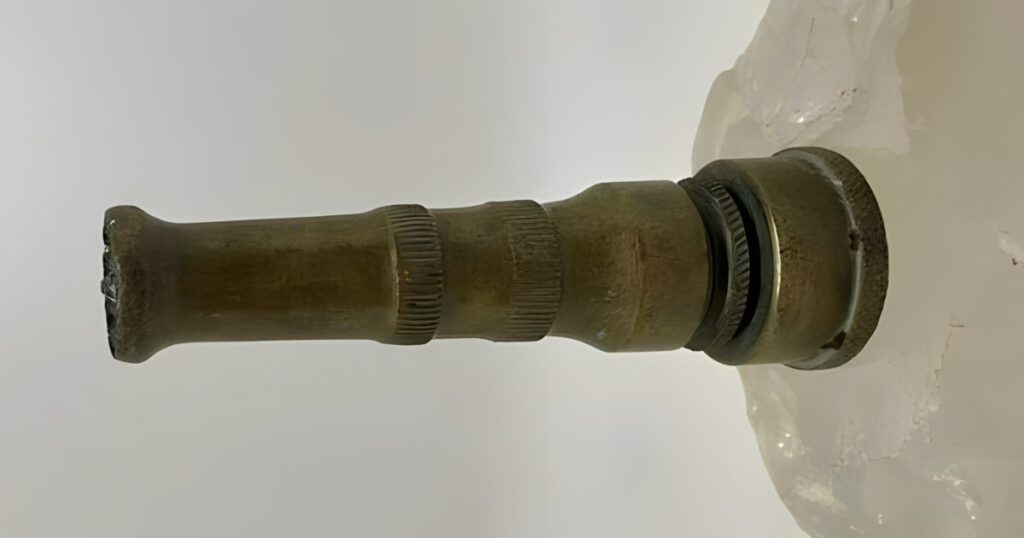In the world of lawn care, the vintage lawn aerator stands as a symbol of simplicity, durability, and effectiveness. This humble yet essential tool has played a pivotal role in maintaining the lush, healthy lawns we admire. With its straightforward design and impactful results, the vintage lawn aerator has earned its place in the annals of gardening history.
A Glimpse into the History of Lawn Aeration

Lawn aeration is not a modern invention; its roots can be traced back to ancient soil cultivation techniques. However, the vintage lawn aerator as we know it began to take shape in the early 20th century. During this time, gardeners and landscapers recognized the need for a tool that could effectively combat soil compaction and promote healthier lawns.
Early models of lawn aerators were typically constructed from sturdy metal, featuring long handles for better control and ease of use. These tools were designed with a clear purpose: to allow air, water, and nutrients to penetrate the soil, reaching the grassroots and fostering a more vibrant lawn. As the understanding of soil aeration’s importance grew, so too did the innovation and evolution of these tools.
The Evolution of Lawn Aerators
The development of lawn aerators mirrors the broader advancements in gardening technology. Initially, these tools were simple devices intended to relieve soil compaction. But as gardeners began to see the benefits of aeration—such as improved root growth, better moisture absorption, and enhanced lawn health—the design of lawn aerators evolved to meet these needs more effectively.
Vintage lawn aerators were often categorized based on their method of operation. Two primary types emerged: spike aerators and plug aerators. Both had distinct functions and were preferred for different soil conditions.
Understanding the Different Types of Vintage Lawn Aerators
When it comes to vintage lawn aerators, each type had its unique approach to improving soil health. Here’s a closer look at the most common models:
Manual Aerators: A Hands-On Approach
Manual aerators were the most basic form of lawn aerators, requiring physical effort to push or pull across the lawn. These tools often featured spike or plug designs and were equipped with long handles for leverage. Although they demanded significant labor, manual aerators were prized for their effectiveness in small gardens and residential lawns.
Spike Aerators: Puncturing for Perfection

Spike aerators were equipped with sharp spikes designed to puncture the soil. This method was particularly effective for soils that were less compacted. The spikes created small holes in the ground, allowing air, water, and nutrients to seep into the soil and reach the grassroots. While spike aerators were easier to use than their plug counterparts, they were generally less effective for heavily compacted soils.
Plug Aerators: Digging Deeper for Better Results
Plug aerators, on the other hand, were designed to remove small cores or “plugs” of soil from the lawn. This method provided more effective aeration than spikes, especially in areas with severe soil compaction. By removing these plugs, the aerator created space for the soil to expand, reducing compaction and allowing for deeper root growth. Plug aerators were often preferred by professional landscapers and serious gardening enthusiasts.
The Enduring Legacy of the Vintage Lawn Aerator
The vintage lawn aerator’s legacy is one of innovation, craftsmanship, and a deep understanding of soil health. While modern gardening equipment has largely replaced these vintage models, their impact on lawn care practices remains undeniable. The principles introduced by these early tools—such as the importance of soil aeration and the need to reduce soil compaction—continue to influence contemporary gardening techniques.
Today, vintage lawn aerators are cherished by collectors and gardening aficionados alike. These tools are valued not only for their historical significance but also for their durability and craftsmanship. Restored models often find their way into gardening museums, antique shops, and private collections, where they are admired as symbols of a bygone era.
Why Collectors and Gardeners Still Appreciate Vintage Lawn Aerators

For collectors, vintage lawn aerators represent more than just tools; they are pieces of history. The intricate designs, durable materials, and functionality of these aerators make them prized possessions. Each tool tells a story of the era in which it was made, reflecting the ingenuity and resourcefulness of the time.
Gardeners, too, find value in these vintage tools. Many appreciate the hands-on approach that vintage lawn aerators require, allowing them to connect more deeply with their gardening practices. The satisfaction of using a tool that has stood the test of time, combined with the tangible benefits it brings to lawn health, makes these aerators beloved by those who understand the art of lawn maintenance.
Modern Lawn Care Influenced by Vintage Tools
Even in the age of automated lawn care, the principles established by vintage lawn aerators continue to hold relevance. Modern aeration tools, while more advanced, still rely on the fundamental concepts introduced by their vintage predecessors. The focus on improving soil health, enhancing root growth, and ensuring proper water and nutrient absorption remains central to achieving a healthy, vibrant lawn.
Celebrating the Craftsmanship of Vintage Lawn Aerators

The craftsmanship of vintage lawn aerators is something to be celebrated. These tools were built to last, often handcrafted from durable metals that could withstand years of use. Their design was both functional and aesthetic, reflecting a time when tools were made with care and attention to detail. This craftsmanship is what makes vintage lawn aerators so appealing to collectors and gardeners who appreciate quality and durability.
Why Vintage Lawn Aerators Are Still Relevant Today
Despite the advancements in gardening technology, vintage lawn aerators have not lost their relevance. Their straightforward design, combined with their effectiveness, makes them valuable tools even in today’s gardens. For those who prefer a more traditional approach to lawn care, or who simply enjoy the nostalgia of using vintage tools, these aerators offer a unique and rewarding gardening experience.
Conclusion: The Timeless Value of Vintage Lawn Aerators
The vintage lawn aerator is more than just a tool; it is a testament to the evolution of gardening practices and a symbol of the enduring importance of soil health. From its early days as a simple solution to soil compaction to its current status as a collector’s item, the vintage lawn aerator has left an indelible mark on the world of lawn care. As we continue to care for our green spaces, we can look to these vintage tools as reminders of the craftsmanship, innovation, and timeless principles that have shaped the gardens we enjoy today.





